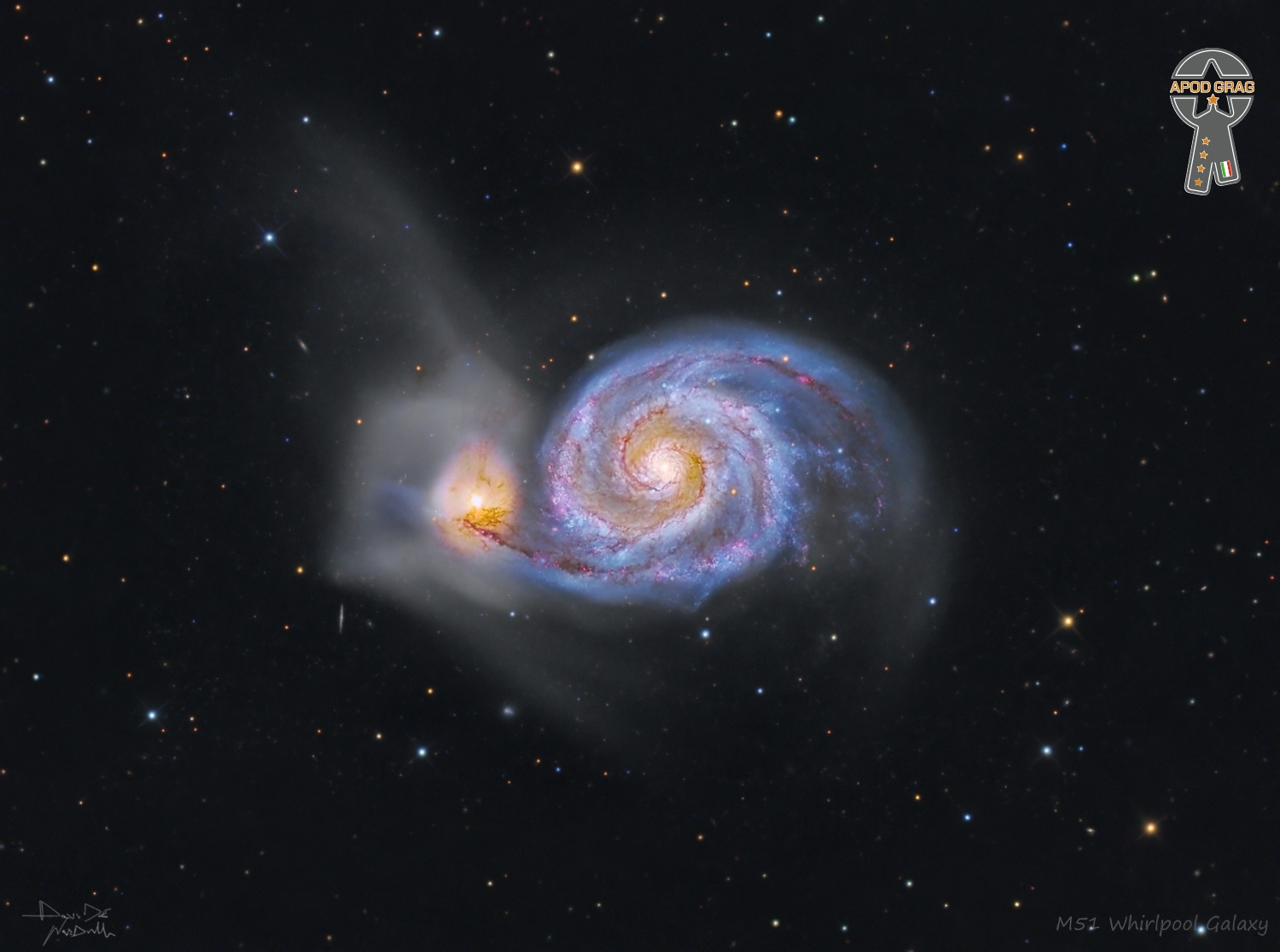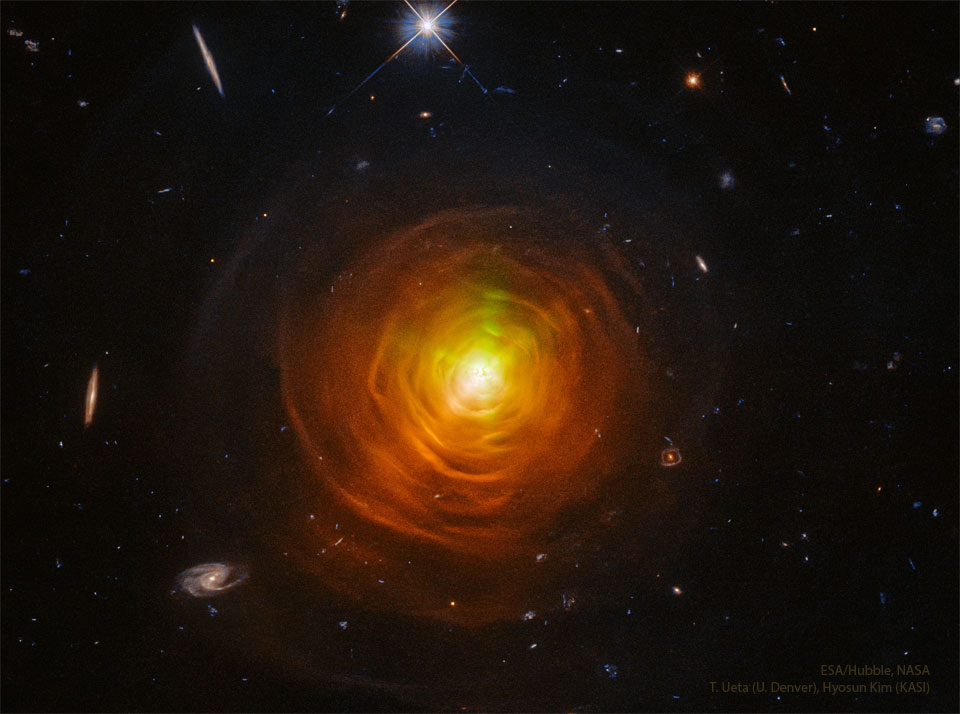Blog
Carlos Humberto Santana Barragán; born July 20, 1947) is an American guitarist who rose to fame in the late 1960s and early 1970s with his band Santana, which pioneered a fusion of rock and roll and Latin American jazz. Its sound featured his melodic, blues-based lines set against Latin American and African rhythms played on percussion instruments not generally heard in rock, such as timbales and congas. He experienced a resurgence of popularity and critical acclaim in the late 1990s. In 2015, Rolling Stone magazine listed him at No. 20 on their list of the 100 greatest guitarists. He has won 10 Grammy Awards and three Latin Grammy Awards, and was inducted along with his namesake band into the Rock and Roll Hall of Fame in 1998.
Santana was born in Autlán de Navarro in Jalisco, Mexico on July 20, 1947. He learned to play the violin at age five and the guitar at age eight, under the tutelage of his father, who was a mariachi musician. His younger brother, Jorge, also became a professional guitarist. Santana was heavily influenced by Ritchie Valens at a time when there were very few Mexicans in American rock music. The family moved from Autlán to Tijuana, on the border with the United States. They then moved to San Francisco where his father had steady work. In October 1966, Santana started the Santana Blues Band. By 1968, the band had begun to incorporate different types of influences into their electric blues. Santana later said, “If I would go to some cat’s room, he’d be listening to Sly [Stone] and Jimi Hendrix; another guy to the Stones and the Beatles. Another guy’d be listening to Tito Puente and Mongo Santamaría. Another guy’d be listening to Miles [Davis] and [John] Coltrane… to me, it was like being at a university.
more...Tony Oladipo Allen (20 July 1940 – 30 April 2020) was a Nigerian drummer, composer, and songwriter who lived and worked in Paris, France. Allen was the drummer and musical director of Fela Kuti‘s band Africa ’70 from 1968 to 1979, and was one of the founders of the Afrobeat genre. Fela once stated that “without Tony Allen, there would be no Afrobeat”. He was described by Brian Eno as “perhaps the greatest drummer who has ever lived”.
Later in life, Allen collaborated with Damon Albarn on several projects, including Gorillaz, the Good, the Bad & the Queen and Rocket Juice & the Moon. Allen’s career and life were documented in his 2013 autobiography Tony Allen: Master Drummer of Afrobeat, co-written with Michael E. Veal, who previously wrote a comprehensive biography of Fela Kuti.
Allen was born in Lagos, Nigeria to James Alabi Allen, a motor mechanic from British Nigeria (now present day Nigeria) and Prudentia Mettle, from the Gold Coast (now present day Ghana), He began playing drums at the age of 18, while working as an engineer for a radio station. Allen was influenced by music his father listened to: Jùjú, a popular Yoruba music from the 1940s, but also American jazz, and the growing highlife scene in Nigeria and Ghana. Allen worked hard to develop a unique voice on the drums, feverishly studying LPs and magazine articles by Max Roach and Art Blakey, but also revolutionary Ghanaian drummer Guy Warren (later known as Kofi Ghanaba – who developed a highly sought-after sound that mixed tribal Ghanaian drumming with bop – working with Dizzy Gillespie, Charlie Parker, Thelonious Monk, and Max Roach).
more...Charles Lacy Tyler (July 20, 1941 – June 27, 1992) was an American jazz saxophonist. He focused on baritone & alto saxophone and also played clarinet.
Tyler was born in Cadiz, Kentucky, United States, and spent his childhood years in Indianapolis. He played piano as a child and clarinet at the age of seven, before switching to alto saxophone in his early teens, and finally baritone saxophone. During the summers, he visited Chicago, Illinois, New York City and Cleveland, Ohio, where he met the young tenor saxophonist Albert Ayler at age 14. After serving in the army from 1957–1959, Tyler relocated to Cleveland in 1960 and began playing with Ayler, commuting between New York and Cleveland. During that period played with Ornette Coleman and Sunny Murray.
more...Ernest Brooks Wilkins Jr. (July 20, 1922 – June 5, 1999) was an American jazz saxophonist, conductor and arranger who spent several years with Count Basie. He also wrote for Tommy Dorsey, Harry James, and Dizzy Gillespie. He was musical director for albums by Cannonball Adderley, Dinah Washington, Oscar Peterson, and Buddy Rich. Wilkins was born in St. Louis, Missouri. In his early career he played in a military band, before joining Earl Hines‘s last big band. He worked with Count Basie from 1951 to 1955, eventually leaving to work free-lance as a jazz arranger and songwriter. His success declined in the 1960s, but revived after work with Clark Terry, leading to a tour of Europe.
more...https://www.youtube.com/watch?v=tOReFTgwMjs
more...The Whirlpool Galaxy, also known as Messier 51a (M51a) or NGC 5194, is an interacting grand-design spiral galaxy with a Seyfert 2 active galactic nucleus.It lies in the constellation Canes Venatici, and was the first galaxy to be classified as a spiral galaxy. It is between 23 and 31 million light-years away and 76,900 ly (23,580 pc) in diameter.
The galaxy and its companion, NGC 5195, are easily observed by amateur astronomers, and the two galaxies may be seen with binoculars. The Whirlpool Galaxy has been extensively observed by professional astronomers, and its pair with NGC 5195 who study it to understand galaxy structure (particularly structure associated with the spiral arms) and galaxy interactions. Its pair with NGC 5194is among the most famous and relatively close interacting systems, and thus is a favorite subject of galaxy interaction models.

Commander Cody and His Lost Planet Airmen were an American rock band founded in 1967. The group’s leader and co-founder was pianist and vocalist George Frayne IV, alias Commander Cody (born July 19, 1944 in Boise, Idaho, died September 26, 2021 in Saratoga Springs, New York).
The band became known for marathon live shows. Alongside Frayne, the classic lineup was Billy C. Farlow (b. Decatur, Alabama) on vocals and harmonica; John Tichy (b. St. Louis, Missouri) on guitar and vocals; Bill Kirchen (Kirchen was born in Bridgeport, Connecticut, June 29, 1948 but grew up in Ann Arbor, Michigan) on lead guitar; Andy Stein (b. August 31, 1948 in New York City) on saxophone and fiddle; “Buffalo” Bruce Barlow (b. December 3, 1948 in Oxnard, California) on bass guitar; Lance Dickerson (b. October 15, 1948 in Livonia, Michigan, died November 10, 2003, in Fairfax, California) on drums; and Steve “The West Virginia Creeper” Davis (b. July 18, 1946 in Charleston, West Virginia), followed by Bobby Black, on pedal steel guitar.
more...Philip Upchurch (born July 19, 1941) is an American jazz and blues guitarist and bassist.
Upchurch started his career working with the Kool Gents, the Dells, and the Spaniels, before going on to work with Curtis Mayfield, Otis Rush, and Jimmy Reed. (His association with Kool Gents member Dee Clark would continue, including playing guitar on Clark’s 1961 solo hit “Raindrops“.) He then returned to Chicago to play and record with Woody Herman, Stan Getz, Groove Holmes, B.B. King, and Dizzy Gillespie.
In 1961, his record “You Can’t Sit Down” by the Philip Upchurch Combo, sold over one million copies and was awarded a gold disc. “You Can’t Sit Down, Part 2” peaked at No. 29 on the Billboard charts in the US. And he released his first album. In the 1960s he toured with Oscar Brown, appearing on the 1965 live album, Mr. Oscar Brown, Jr. Goes to Washington. In the mid-1960s he was house guitarist of Chess Recordsand he played with The Dells, Howlin’ Wolf, Muddy Waters and Gene Chandler. He also played with John Lee Hooker, Grover Washington, Jr. and Cannonball Adderley. Upchurch was part of a group called The Soulful Strings during the 1960s, prior to working with the Rotary Connection on Chess’s Cadet label.
In the 1970s, he worked with Donny Hathaway, Harvey Mason, Ramsey Lewis, Quincy Jones and led his own quartet with Tennyson Stephens. He met Bob Krasnow and Tommy LiPuma, the founders of Blue Thumb Records, and he released Darkness Darkness. Upchurch played on Donny Hathaway’s “This Christmas” and “The Ghetto”. He also played guitar on Hathaway’s Live album (1972). In the mid 1970s and 1980s, he performed with George Benson, Mose Allison, Gary Burton, Lenny Breau, Joe Williams, Chaka Khan, Natalie Cole, Carmen McRae, Cat Stevens, David Sanborn, and Michael Jackson. In the 1990s he worked with Jimmy Smith and Jack McDuff.
more...Carmell Jones (July 19, 1936 – November 7, 1996) was an American jazz trumpet player.
Jones was born in Kansas City, Kansas, United States. He started piano lessons at age five, and trumpet lessons at age seven. His first professional work was with Kansas City musicians Nathan Davis, Cleanhead Vinson and Frank Smith. He moved to California in 1961, and worked as a studio musician for several years, including in the orchestras for two movie soundtracks, Seven Days In May and The Manchurian Candidate, the latter starring Frank Sinatra. He released two albums as a leader for Pacific Jazz at this time, while recording as a sideman with Bud Shank, Onzy Matthews, Curtis Amy, Harold Land, and Gerald Wilson. He toured with Horace Silver in 1964-65, and was on Silver’s seminal 1965 Blue Note album Song for My Father. In 1965, he moved to Germany where he lived for 15 years, working with Paul Kuhnand the SFB Big Band (Sender Freies Berlin) from 1968 to 1980. There he worked with musicians such as Milo Pavlovic, Herb Geller, Leo Wright, Rudi Wilfer and Eugen Cicero. Jones returned to the US in 1980, working as a teacher and appearing at local clubs in Kansas City. He released one additional album as a leader in 1982 entitled Carmell Jones Returns, on the Revelation label. Jones died of heart failure on November 7, 1996, in Kansas City at the age of 60.
more...CW Leonis is the closest carbon star, a star that appears orange because of atmospheric carbon dispersed from interior nuclear fusion. But CW Leonis also appears engulfed in a gaseous carbon-rich nebula. What causes the nebula’s complexity is unknown, but its geometry of shells and arcs are surely intriguing. The featured image by the Hubble Space Telescope details this complexity. The low surface gravity of carbon stars enhances their ability to expel carbon and carbon compounds into space. Some of this carbon ends up forming dark dust that is commonly seen in the nebulas of young star-forming regions and the disks of galaxies. Humans and all Earth-based life are carbon-based, and at least some of our carbon was likely once circulating in the atmospheres of near-death stars like carbon stars.

Brian Albert Gordon Auger (born 18 July 1939) is an English jazz rock and rock music keyboardist who specialises in the Hammond organ.
Auger has worked with Rod Stewart, Tony Williams, Jimi Hendrix, John McLaughlin, Sonny Boy Williamson, and Eric Burdon. He incorporated jazz, early British pop, R&B, soul music, and rock into his sound. He has been nominated for a Grammy Award.
In 1965, Auger played on “For Your Love” by The Yardbirds as a session musician. That same year, Auger formed the group The Steampacket with Long John Baldry, Julie Driscoll, Vic Briggs, and Rod Stewart. Due to contractual problems there were no official recordings made by the band; nevertheless, nine tracks were laid down for promotional use in late 1965 and released as an LP in 1970 in France on the BYG label. They were released on a CD by Repertoire Records in 1990 (licensed from Charly Records) as well as 12 live tracks from Live at the Birmingham Town Hall, February 2, 1964. Stewart left in early 1966 and soon thereafter the band broke up.
With Driscoll and the band Trinity, he went on to record a cover version of David Ackles‘ “Road to Cairo” and Bob Dylan’s “This Wheel’s on Fire“, which appeared on Dylan Covered. The latter track was a number 5 pop hit in the UK. In 1969 Auger, Driscoll, and Trinity performed in the United States on the NBC special 33⅓ Revolutions Per Monkee.
more...Lonnie McIntosh (July 18, 1941 – April 21, 2016 West Harrison, Indiana), known as Lonnie Mack, was an American singer-songwriter and guitarist. He was influential in the development of blues rock music and rock guitar soloing.
Mack emerged in 1963 with his breakthrough LP, The Wham of that Memphis Man. It earned him lasting renown as both a blue-eyed soul singer and a lead guitar innovator. The album’s instrumental tracks included two hit singles, “Memphis” and “Wham”. In them, Mack, using “top-quality technique” and “pristine” phrasing, added “edgy, aggressive, loud, and fast” melodies and runs to the predominant chords-and-riffs pattern of early rock guitar. These tracks raised the bar for rock guitar proficiency and helped launch the electric guitar to the top of soloing instruments in rock. They served as prototypes for the lead guitar styles of blues rock and Southern rock.
Shortly after the album’s release, however, the “British Invasion” hit American shores, and Mack’s recording career “withered on the vine”. He regularly toured small venues until 1968, when Rolling Stone magazine rediscovered him, and Elektra Records signed him to a three-album contract. He was soon performing in major venues, but his multi-genre Elektra albums downplayed his lead guitar and blues rock appeal and record sales were modest. Mack left Elektra in 1971. For the next fourteen years he was a low-profile multi-genre recording artist, roadhouse performer, sideman, and music-venue proprietor.
In 1985, Mack resurfaced with a successful blues rock LP, Strike Like Lightning, a promotional tour featuring celebrity guitarist sit-ins, and a Carnegie Hall concert with Roy Buchanan and Albert Collins. In 1986, he went on “The Great American Guitar Assault Tour” with Buchanan and Dickey Betts. In 1990, he released another well-received blues rock album, Lonnie Mack Live! Attack of the Killer V, then retired from recording. He continued to perform, mostly in small venues, until 2004.
more...Jalacy J. “Screamin’ Jay” Hawkins (July 18, 1929 – February 12, 2000) was an American singer-songwriter, musician, actor, film producer, and boxer. Famed chiefly for his powerful, operatic vocal delivery and wildly theatrical performances of songs such as “I Put a Spell on You“, he sometimes used macabreprops onstage, making him an early pioneer of shock rock. He received a nomination for the Independent Spirit Award for Best Supporting Male for his performance in the 1989 indie film Mystery Train. Hawkins was born and raised in Cleveland, Ohio. At the age of 18 months, Hawkins was put up for adoption and shortly thereafter was adopted and raised by Blackfoot Confederacy. Hawkins studied classical piano as a child and learned guitar in his 20s.
more...The irregular galaxy Arp 263 lurks in the background of this image from the NASA/ESA Hubble Space Telescope, but the view is dominated by a stellar photobomber; the bright star BD+17 2217. Arp 263 — also known as NGC 3239 — is a patchy, irregular galaxy studded with regions of recent star formation, and astronomers believe that its ragged appearance is due to its having formed from the merger of two galaxies. It lies around 25 million light-years away in the constellation Leo.
Two different Hubble investigations into Arp 263, using two of Hubble’s third-generation instruments, contributed data to this image. The first investigation was part of an effort to observe the sites of recent supernovae, such as the supernova SN 2012A that was detected just over a decade ago in Arp 263. Astronomers used Hubble’s powerful Wide Field Camera 3 to search for lingering remnants of the colossal stellar explosion. The second investigation is part of a campaign using Hubble’s Advanced Camera for Surveys to image all the previously unobserved peculiar galaxies in the Arp catalogue, including Arp 263, in order to find promising subjects for further study using the NASA/ESA/CSA James Webb Space Telescope.
The interloping foreground star, BD+17 2217, is adorned with two sets of criss-crossing diffraction spikes. The interaction of light with Hubble’s internal structure means that concentrated bright objects such as stars are surrounded by four prominent spikes. Since this image of BD+17 2217 was created using two sets of Hubble data, the spikes from both images surround this stellar photobomber. The spikes are at different angles because Hubble was at different orientations when it collected the two datasets.
[Image Description: An irregular galaxy that appears like a triangle-shaped patch of tiny stars. It is densest in the centre and along one edge, growing faint out to the opposite corner. Several bright pink patches mark areas of star formation, and the galaxy’s brightest stars are around these. A large, bright star, with two sets of long spikes, stands between the viewer and the galaxy.]

Spencer Davis (born Spencer David Nelson Davies; 17 July 1939 – 19 October 2020) was a Welsh singer and musician. He founded the Spencer Davis Group, a band that had several hits in the 1960s including “Keep On Running“, “Gimme Some Lovin’“, and “I’m a Man“, all sung by Steve Winwood. Davis subsequently enjoyed success as an A&R executive with Island Records.
more...More Posts
- Daily Roots Prince Jammy & King Tubby
- Happy Mothers Day 2024
- Cosmos IC 410
- Gabriel Fauré
- Stevie Winwood
- Gary Peacock
- World Music Alina Gingertail
- Daily Roots Christopher Martin
- Cosmos NGC 1435
- Butch Trucks
- Eric Burdon
- Carla Bley
- World Music Trio Mandili
- Daily Roots Prince Jammy
- Temple Israel Erev Shabbat Service
- Cosmos Serpens South
- Sly Dunbar
- Donovan
- Jimmy Ponder
- Mel Lewis